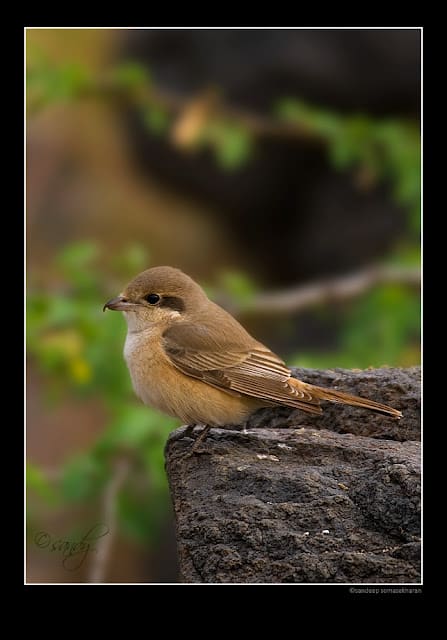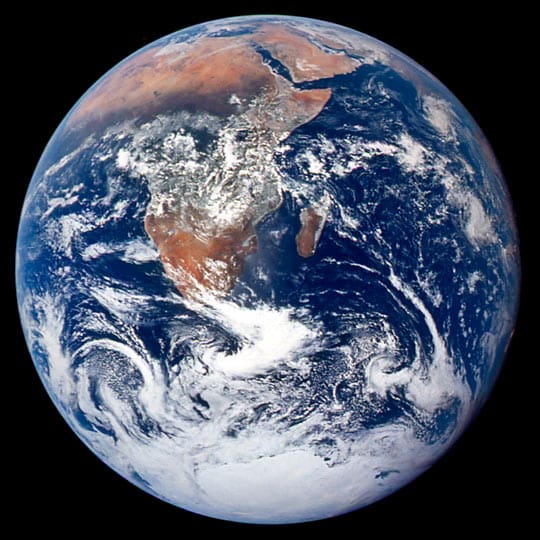Alaska, Gaia and birds whose presence is dwarfed by their voices — that’s what The Green Ogre was all about this week
It’s the last day of July with the monsoon still in full force over the subcontinent. In the rainforests of Agumbe, the frogs must still be calling, their trails of spawn must have hatched into little tailed tadpoles, and the snakes must be making merry at the abundance of chow. Over in Bangalore, pelicans have joined cormorants and herons in our lakes, feasting on the seasonal glut of fish. And here at The Green Ogre, we’ve been housebound, office-bound and our mindwalks have been extra vivid with the afterglow of unrealised dreams. The bright side: deprived of the outdoors, we sat down to write.
Andy recalled his ramble through Alaska’s Denali National Park and his encounters with moose, elk, caribou and grizzlies. In weather that was all but conducive to hiking, his friends and he flirted with the possibility of catching a glimpse of the mist-shrouded Mount Denali. Interestingly, they drove through the city of Wasilla on the same night that its former mayor and Alaska’s then governor Sarah Palin was announced as John McCain’s running mate in the 2008 US Presidential Election.
On Tuesday the birds came back to The Green Ogre. Recollecting a drive through his native land of Rae Bareli before the birding bug had bitten him, Sahastra described in all self-deprecation his first encounter with the Rufous-tailed Shrike. Many passers-by must have walked past the bird that day without as much as glancing at it. However, to a birder, its presence there at that time of the year was an epiphany: it was way out of its known range. Such are the serendipitous joys that await the birdwatcher, even in his or her backyard.
July 26 was the 92nd birthday of James Lovelock, who proposed the enchantingly controversial Gaia hypothesis. Offering an appreciation of the man and his work, Sahastra wrote: “Gaia as an idea has both scientific and spiritual sides. This is welcome since it helps us connect science to worldliness and makes us feel complete again. Many paint James Lovelock as a hermit scientist who never followed institutional science, has no specialization and worked in a remote corner of the British countryside rather than in a state-of-the-art lab. Lovelock said that it is precisely due to these attributes that he could think large, be moved by his own curiosity and inspiration and break the boundaries between disciplines. Eventually, inspired by the first space images of the beautiful blue planet with swirling clouds, he was able to theorize the self-regulation of Earth – true to his instinct, he called it a living earth.”
Among the most commonly heard but ignored birds of our urban landscape is the Coppersmith Barbet. Its penetrating took-took call is an indelible constituent of park birdsong. Indeed, the Coppersmith’s penchant for monotony makes it the heavy metal percussionist of bird songsters. How much have you seen of the little bird, though? Take a good look, for Sandy has an excellent photographic profile of this little whiskered noisemaker.
Look out for more good stuff next week. Enjoy your weekend!
Latest posts by Beej (see all)
- TL;DR – Death Stalks Like A Marabou Stork - July 24, 2024
- Dimorphic Egret – Meet this East African mystery bird - June 8, 2024
- Encounter: Northern Treeshrew in Arunachal Pradesh - May 19, 2024




